11 Types Of Cowboy Boots Every Boot Enthusiast Must Know
Imagine a cowboy without a trusty pair of boots – it’s like having a cowboy without a horse or the iconic ten-gallon hat.
Did you know there are various types of Cowboy boots?
There isn’t a single boot style that suits everyone. Whether you’re into work-friendly options or luxury boots made from exotic materials (ever thought about elephant-skin boots?), it’s crucial to understand the unique features and purposes that each style brings to the table.
Also read: 8 Best Cowboy Boot Brands in 2024
Traditional Western Boots
The classic western boots are the real deal. They’re crafted in the same style as the boots that kicked it all off when cowboys first wandered the American Wild West. Traditional Western Boots prioritize functionality over aesthetics, tailored to be the go-to footwear for hardworking cowboys.
- 12-inch shaft
- These heels, ranging from 1 to 2 inches, are usually slanted to help keep your feet securely in the stirrup while riding. They are commonly known as a “riding heel” or a “Cuban heel.”
- The pointed toe serves both for protecting the foot and making it easier to mount, although in some cases, you might find boots with a rounded toe.
- Usually, they’re made with cowhide leather, though you might find some crafted from more exotic materials, as we’ll explore in the section on Exotic Boots.
- Artfully stitched details not only enhance the boots’ durability but also infuse a touch of flair and style.
Western Riding Boots
The Western riding boot effortlessly blends the timeless American Western aesthetic with the traditional English shoe style, creating a distinctive and classic look.
The style we now know as the “riding boot” actually has its roots in England, where horse riding and racing have been cherished traditions for centuries.
Look out for:
- 12-inch shaft
- The heel usually falls between 1 to 2 inches, commonly around 1½ inches, and is typically flat to ensure they are suitable for both walking and riding.
- Features a round or square toe to maximize comfort during long hours of riding
- Insoles with added cushioning for extra padding and support to keep your feet comfortable.
- Rubber outsoles provide improved traction on wet or slippery surfaces, helping you maintain stability.
- The intricate stitching adds a touch of flair, making them really catch the eye when you’re in the show ring with certain styles.
Western Work Boots
Western work boots take the classic cowboy boot design and make it more practical for work environments. They’re not only comfortable for extended periods in the saddle but are also versatile enough to handle various tasks and chores on a ranch, farm, or oilfield.
- 10 and 12 inches Shaft
- Toes made from alloy or steel
- Cushioned insoles to give your feet that extra support they need.
- Mesh linings are there to ensure your feet stay cool and comfortable.
- Sturdy rubber soles designed to provide traction on muddy or wet surfaces, while also offering protection from electric shock.
- Usually made from a combination of leather and/or nylon, these boots come with coatings that provide protection against water, mud, and even barn chemicals.
- These boots are designed with simplicity in mind, focusing on practicality for everyday tasks rather than extravagant or formal occasions.
Roper Boots
Roper boots were made with rodeo riders and calf ropers in mind, designed to be lighter, sleeker, and more agile compared to regular cowboy boots. Because roping calves involves jumping down from the saddle to deal with the lassoed cow, these boots prioritize comfort for both walking and riding.
Here are some typical design features of roper boots:
- The shaft typically ranges between 6 to 10 inches, depending on the individual cowboy’s preference, and usually stops just below the wearer’s calf.
- A lower square heel (1 inch) designed with a flat bottom to ensure comfortable walking.
- A rounded toe design makes it easy for you to effortlessly slip your feet out of the stirrups.
- A snugger fit around the ankles for improved support to your ankles.
- Padded insoles
- Sturdy rubber soles that provide excellent grip and traction.
- A robust leather build with minimal decorative stitching or extra embellishments.
Based on our findings, I firmly recommend the Tecovas Earl Roper Boots as an excellent choice. Their comfort, versatility, durable construction, 10-year warranty, and reasonable price make them stand out.
Walking Boots
These boots were crafted for strolling, and I’m not just saying that for effect.
Cowboy boots usually work well for both walking and riding, but walking boots are designed specifically for spending extended periods on your feet.
- shaft height – 8” to 12”
- A heel height of 1 to 1½ inches, typically designed to be flat, providing a more comfortable walking experience.
- A snugger feel around the ankles.
- Leather or rubber outsole
- Padded/cushioned insole
- Walking boots come in a range of toe shapes (pointed, square, snip, and round)
- Usually made from leather with minimal or no decorative elements.
Buckaroo Boots
Buckaroo boots are designed to be super flashy, giving cowboys the perfect opportunity to showcase the stylish flair of their footwear at events like square dances, rodeos, or county fairs.
- A shaft ranging from 14 to 17 inches, perfect for shielding your legs from tall brush and scrub, as well as preventing friction with your horse during rodeo rides.
- Usually, folks wear them with their jeans tucked into the tops of the boots.
- Higher heel (2+”)
- A little extra leather, called the “saddle,” is stitched across the front part of the boot.
- Has holes in the scallop to make them easier to slip on quickly.
- Toe shapes (round, pointed, and square)
- Usually, they’re handcrafted from cowhide, although it’s also possible to find them made from different types of leather, such as bison or buffalo.
- Decorative elements featuring vibrant hues and intricate stitching, adding a touch of visual charm.
Packer Boots
Packer boots, which have been around since the 1700s, are among the oldest styles of cowboy-inspired work boots. Originally created for “packers” – cowboys who navigate mountainous terrain on pack horses or mules – these boots seamlessly combine the features of riding boots and work boots. They are well-suited for a variety of daily tasks, whether you’re on horseback or working on the ground.
- 6” to 10” shaft height
- 1” to 2” heel
- A snugger fit around the ankles
- These boots stand out because of their unique laces, a feature you won’t find in any other cowboy boot.
- A tough rubber sole that provides improved grip while walking.
- Tapered toe
- Cushioned insole for added comfort.
Stockman Boots
Stockman boots are crafted to handle both the demands of being on your feet and riding in the saddle, with a focus on enhancing comfort and stability. Their beautifully versatile design makes them suitable for various activities, including walking, riding, and even hiking.
- Boot shafts range from 8 to 12 inches in height, featuring a more pronounced scallop, which is the dip at the top of the shaft.
- A heel that’s typically about 1 inch in height, wide, and flat.
- Support and cushioning seamlessly integrated for added comfort.
- Rubber outsole
- A toe box that’s broader than usual and has a rounded shape.
- Intricate stitching and vibrant materials, adding a touch of detail and a burst of color.
Dress Boots
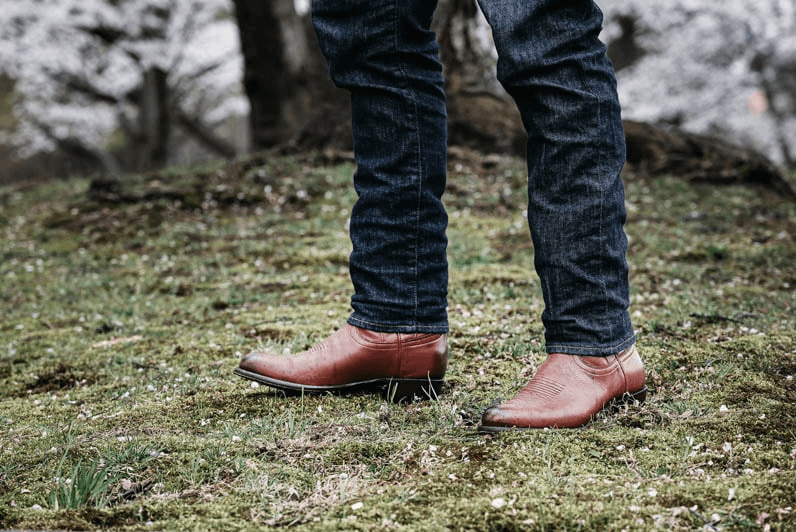
Dress boots are perfect for those occasions when you want to dress up for a night out in town or a special date. They let you maintain your love for cowboy boots while adding a touch of sophistication to your look.
These boots hardly, if ever, see any real work. Instead, they’re the kind you stash away in your closet, only to be pulled out when it’s time to dress up in style. It’s all about looking good rather than practicality.
- The height of the boot shaft typically ranges from 8 to 12 inches, although Buckaroo boot styles may feature an even taller shaft.
- A heel height ranging from 1 ½” to 2”, typically angled for a stylish look while ensuring comfort for dancing.
- Unique stitching details and vibrant colors that catch the eye and add a distinctive touch.
- Usually crafted from luxurious, shiny leather or exotic materials.
Exotic Boots
“Exotic” boots encompass a diverse range of boots crafted from unique materials. They can adopt any of the styles mentioned earlier, but instead of traditional leather, alternative materials are used.
- Deer
- Eel
- Snake
- Gator
- Lizard
- Elephant
- Ostrich
- Bison
- Caiman
Some of these unique materials come with a higher price tag compared to regular leather, causing an increase in the overall cost of boots made from these exotic materials. Generally, these boots are reserved for more formal occasions, but occasionally, you might find work boots crafted with exotic materials as well.
Short Cowboy Boots
Short cowboy boots, or “cowboy booties” when designed for women, lean more towards fashion than practicality. They offer the comfort and style of your beloved boots, yet their lower shaft height ensures easy slipping on and off. However, they’re not the ideal choice for a demanding day of hard work.
- Shaft height – 4” to 7”
- The heel height varies from 1½ inches to 6 inches, specifically for high-heeled women’s boots.
- Usually made from more fashionable leathers, like aniline leather.
- Folks often fancy adding decorative stitching and vibrant colors to spice things up.
7 Different Types Of Cowboy Boot Toes
Cowboy boots not only come in various shaft and heel heights, but they also boast a range of toe shapes. The toe shape isn’t just about aesthetics (although it does play a role in the style), but it also serves a practical purpose.
Also read: Should You Get Square Toe or Round Toe Cowboy Boots?
Cowboy boots come in seven distinct toe shapes:
Round Toe: The rounded toe shape provides ample space for your feet to move comfortably. This design is commonly found in boots tailored for wider feet and those seeking a more relaxed, casual style. Many roper boots and work boots feature the round toe for its practicality.
Regular Toe: The classic “regular” toe is the iconic cowboy boot shape – oval, narrow, and tapering to a point. This design facilitates easy sliding in and out of stirrups, ensuring your boots won’t get caught during swift movements.
Square Toe: Ideal for individuals with wide feet or those spending extended periods on their feet, the square toe offers extra width in the toe box, allowing for increased freedom of movement. Walking boots, riding boots, packer boots, and buckaroo boots often feature a square toe.
Snip Toe: The “snip” shape is sharply pointed, adding a touch of flair, especially popular in exotic and dress boots. While emphasizing the cowboy boot aesthetic, practicality may take a backseat with this exaggerated toe style.
Cutter Toe: Striking a balance between the width of a square toe and the narrowness of a “regular” toe, the cutter toe maintains the classic cowboy boot appearance while providing ample space for comfortable movement.
Wide Square Toe: Tailored for those with extra-wide feet, the wide square toe amplifies the roominess of the square toe design, preventing any pinching or discomfort.
Almond Toe: Resembling the shape of an almond, the “almond” toe strikes a gentle balance between rounded and pointed. The tapered point adds sophistication to the overall appearance of the boot.
Also read: How To Choose The Perfect Pair Of Cowboy Boots For Wide Feet

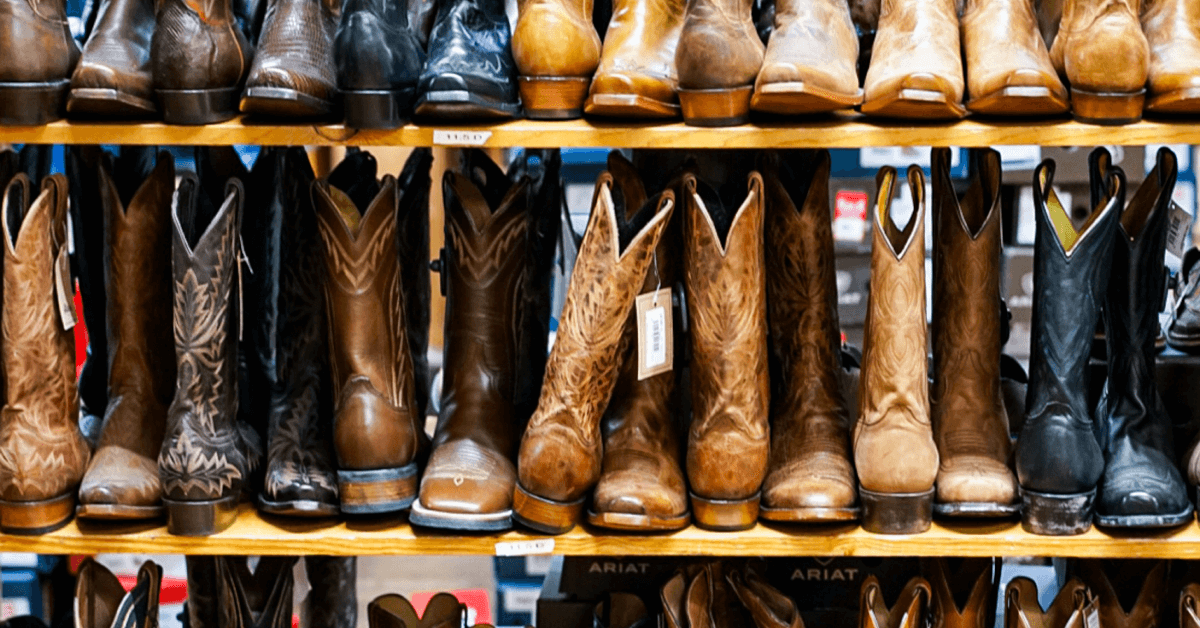
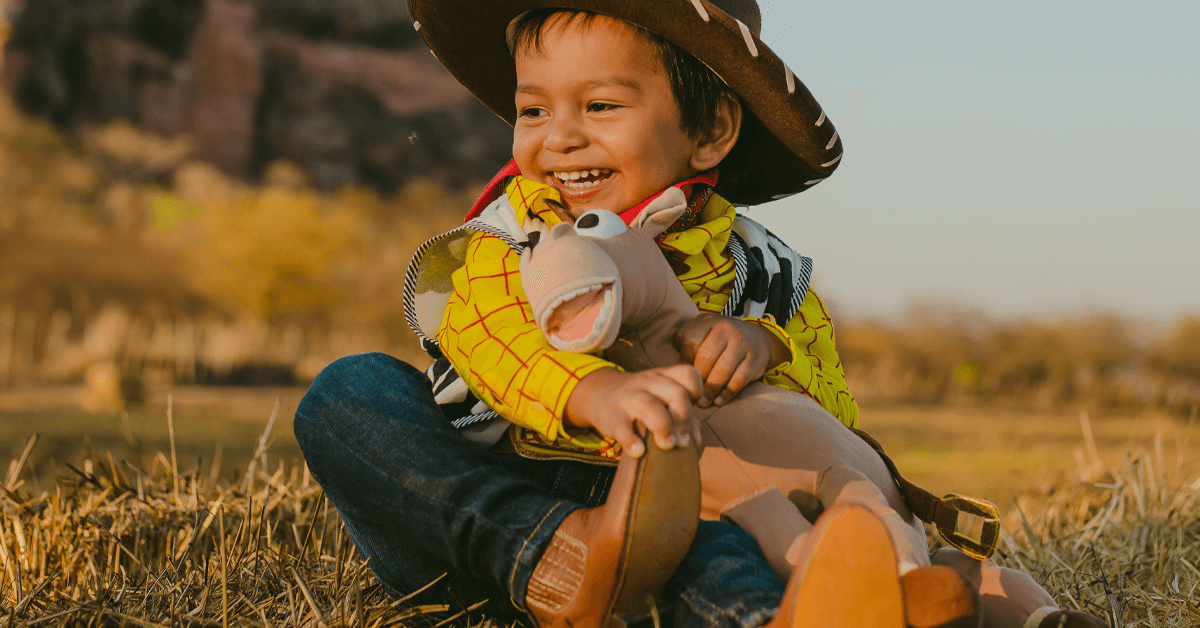
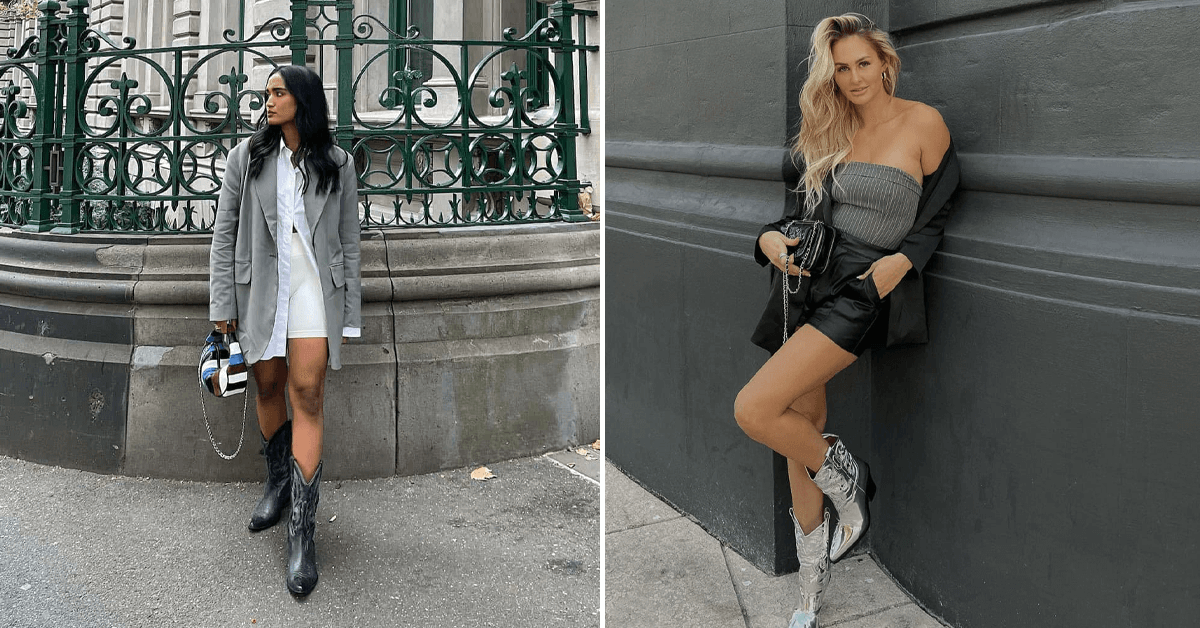
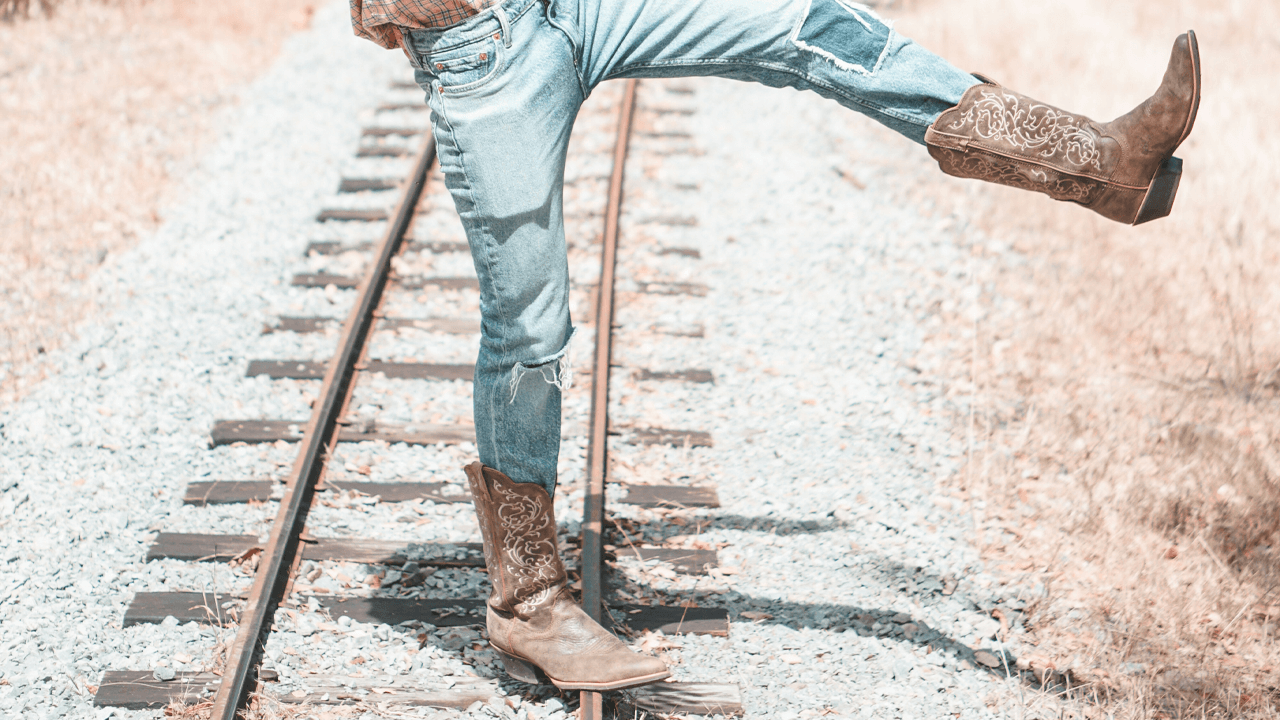
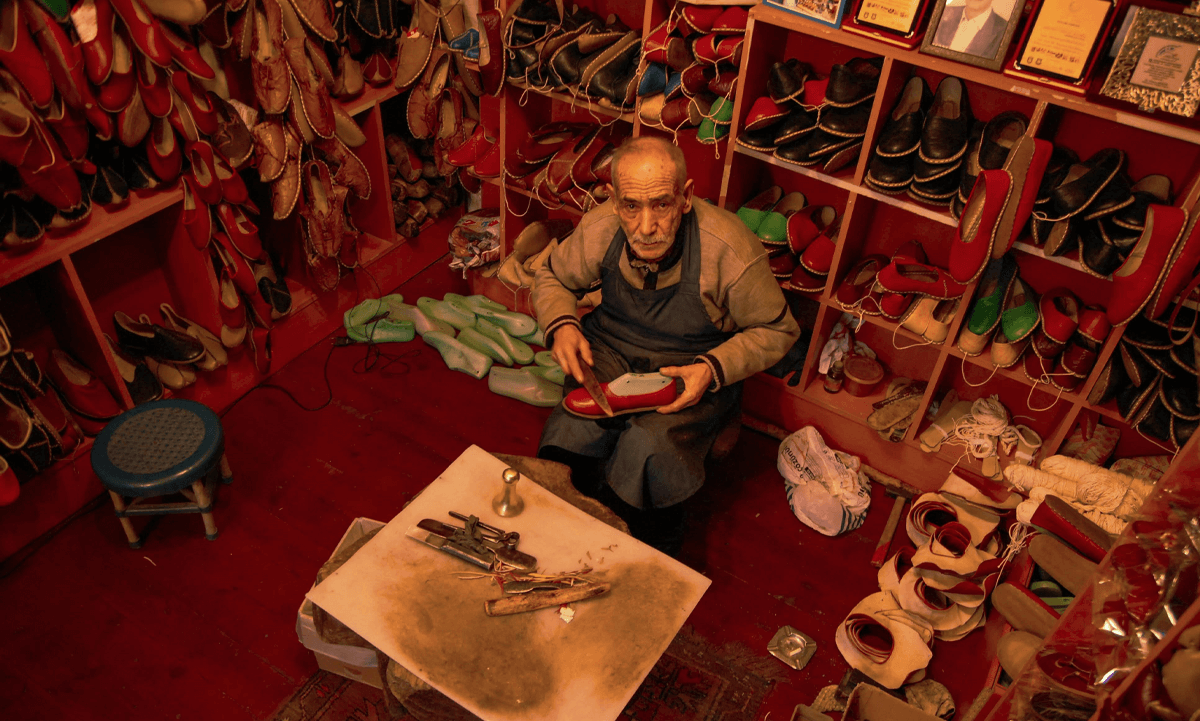
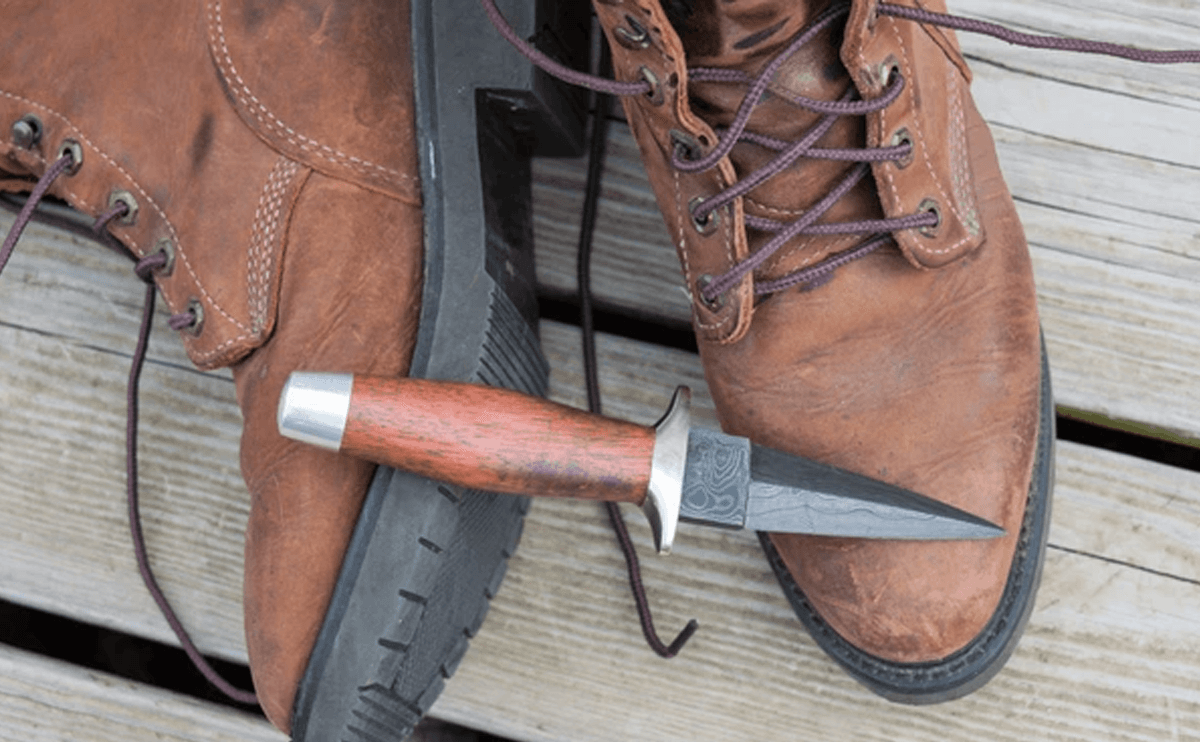
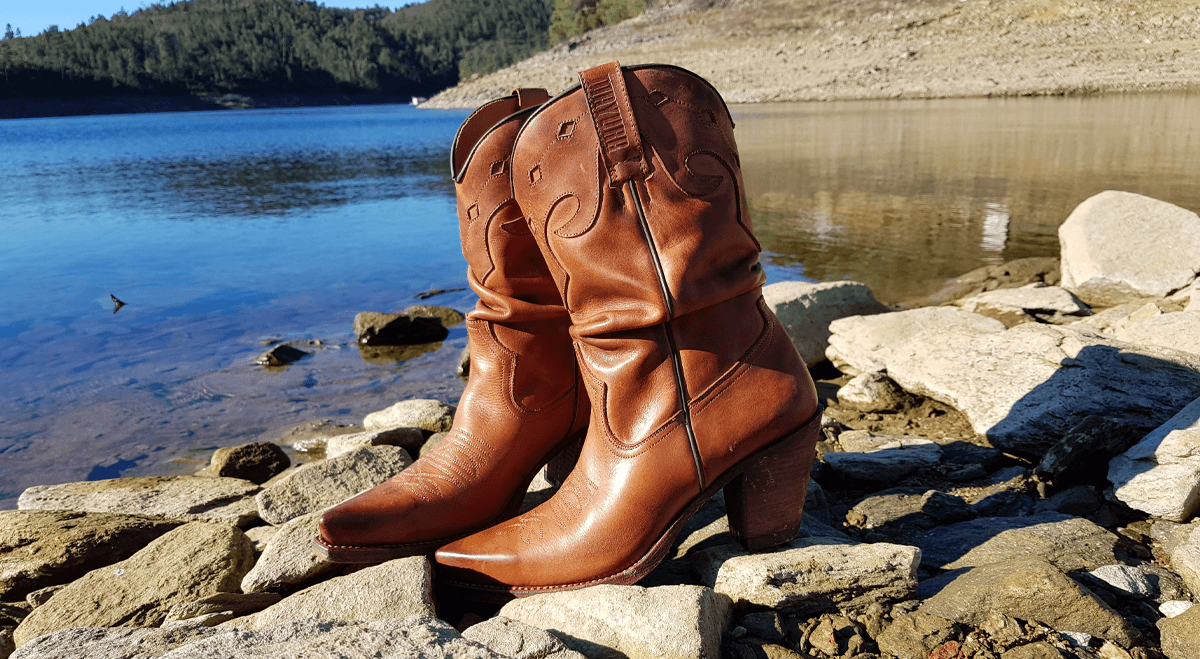
One Comment